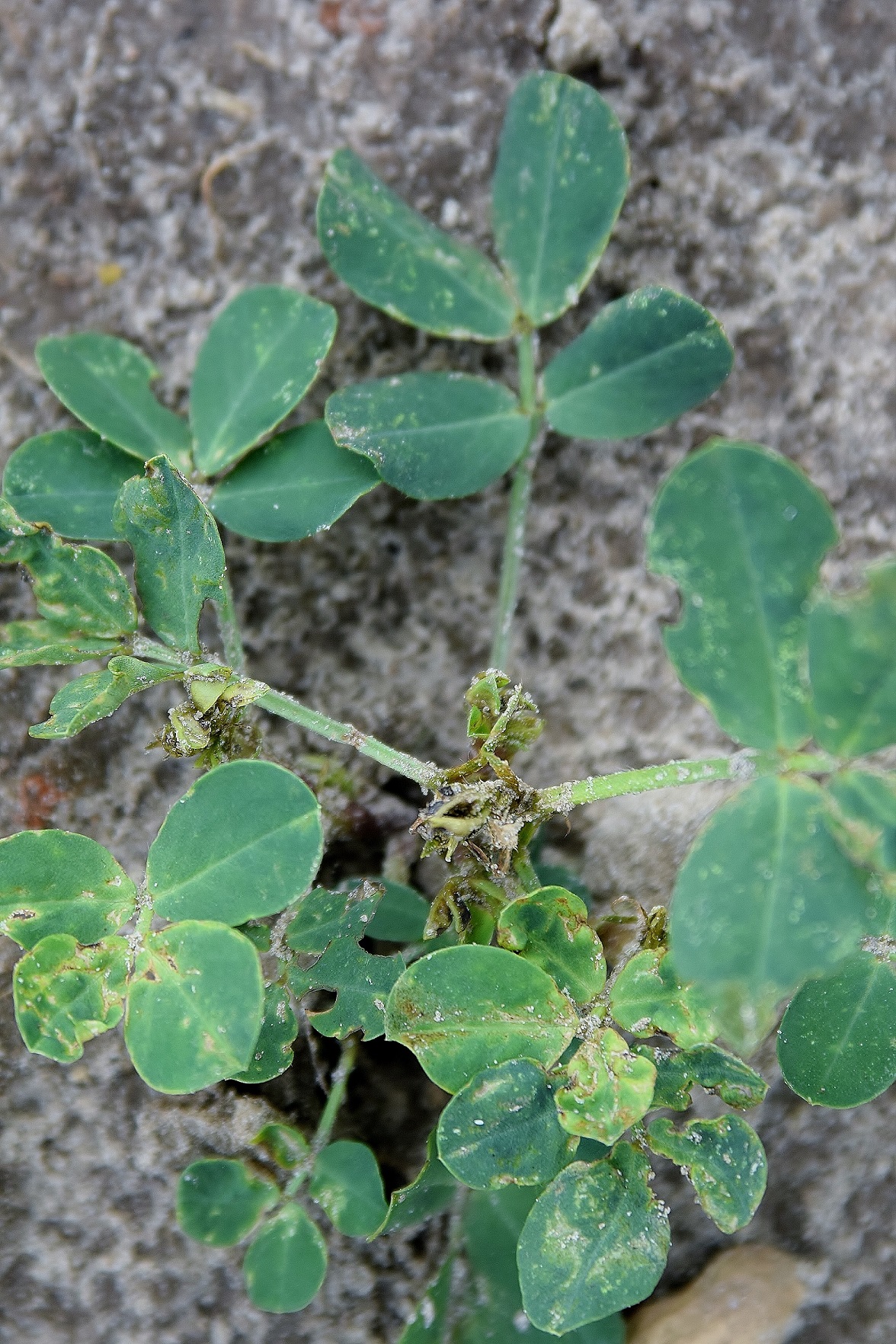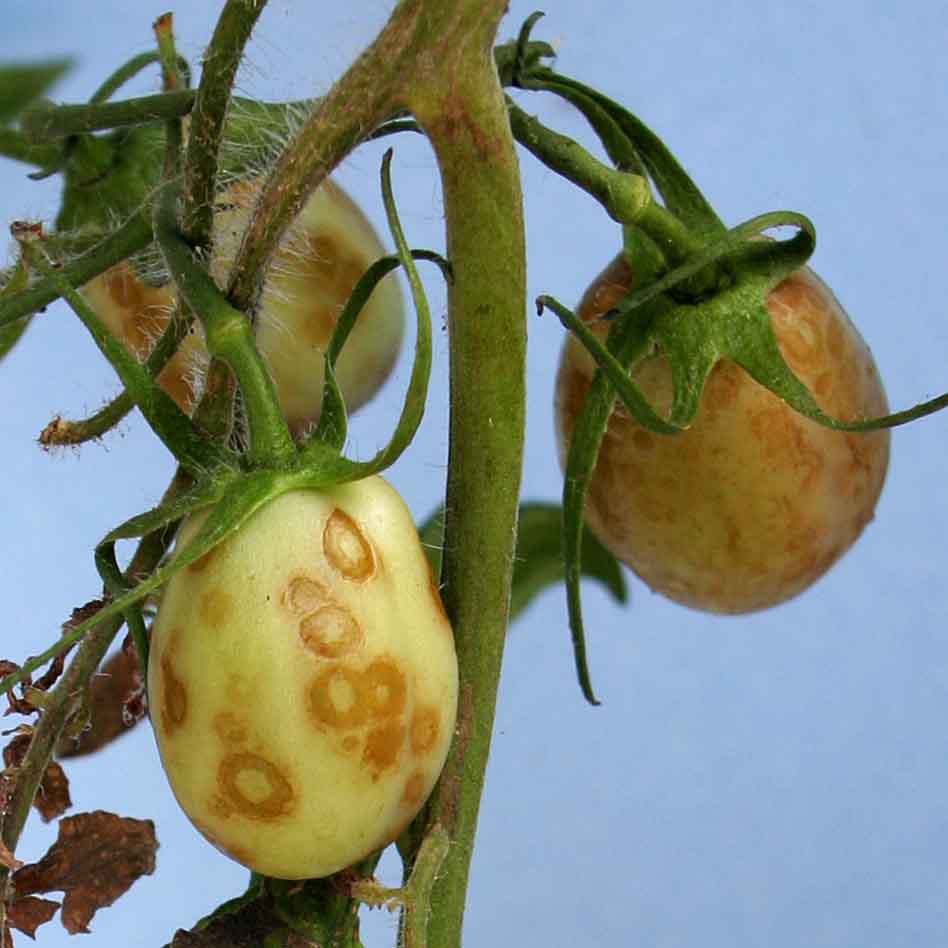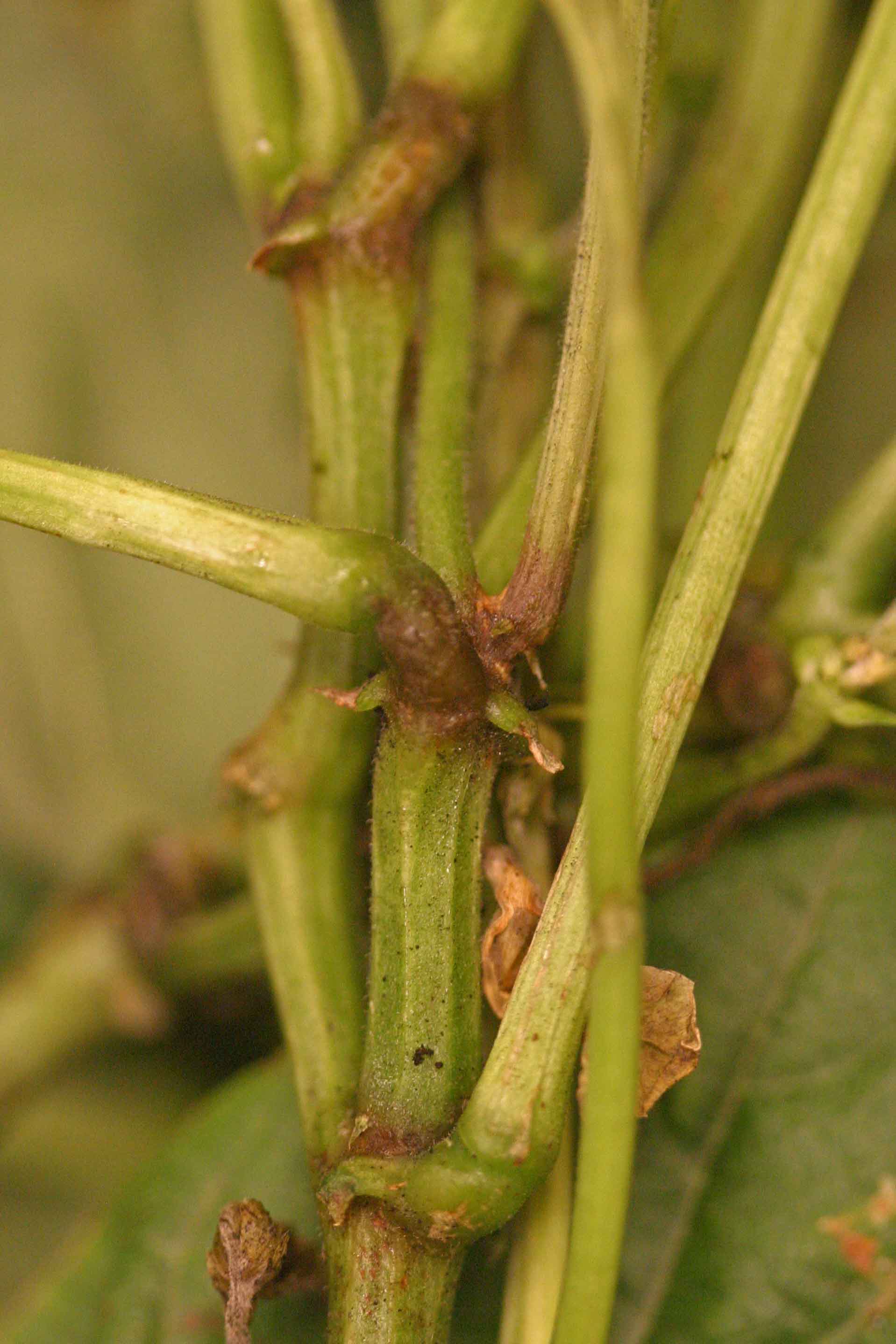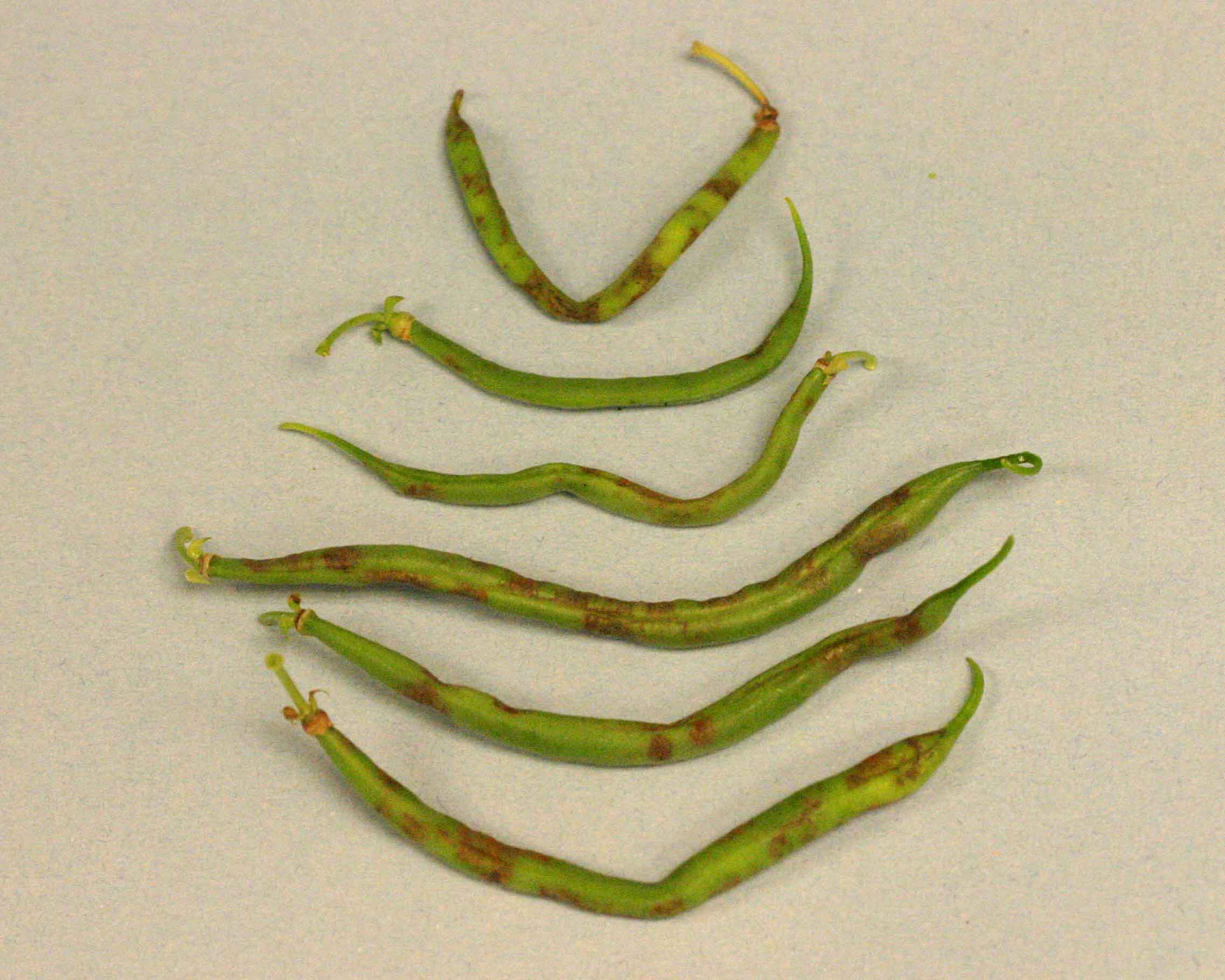
Figure 1. Necrotic rings on immature tomato fruits from plant infected with Tomato chlorotic spot virus.
Garima Kakkar, UF/IFAS, St Lucie County Extension, Fort Pierce; Joe Funderburk, UF/IFAS, North Florida Research and Education Center, Quincy; Scott Adkins, USDA-ARS, Horticultural Research Laboratory, Fort Pierce
The thrips-transmitted tospoviruses are important economic problems for crops in Florida. Tomato spotted wilt virus is a common tospovirus species in peanut, vegetables, and ornamentals. Emerging tospovirus species in Florida are Tomato chlorotic spot virus and Groundnut ringspot virus. Surveys of plants with typical tospovirus symptoms (Fig. 1) have been coordinated by Glades Crop Care, Inc., with the cooperation of growers, other scouting organizations, University of Florida/IFAS extension and research, and USDA-ARS. Some of these symptomatic plants (Fig. 2) did not test positive for tospoviruses or any of the other virus suspects known in Florida. Eventually, a new ilarvirus species was identified and named Tomato necrotic streak virus for the symptoms it produces on tomato leaves.

Figure 2. Necrotic rings on immature tomato fruits from plant infected with Tomato necrotic streak virus.
Ilarviruses are known to infect herbaceous and woody plants. They are reported to be transmitted by thrips, but in manner quite different from the tospoviruses. Specifically, ilarviruses are known to be in or on pollen of infected plants and to gain entry into non-infected plants through the wounds created by thrips feeding. A Florida Department of Agriculture and Consumer Services Specialty Crop Block Grant is funding current studies to examine Tomato necrotic streak virus and other ilarviruses in Florida, to determine plant hosts and the mode of transmission of these viruses in our state.
Tomato necrotic streak virus was first detected in fall 2013, but it is suspected to have been present in Florida earlier. A low rate of seed transmission has been observed experimentally but the major means of spread in the agroecosystem, including possible thrips transmission, is still being determined. To date the host range is known to include only tomato and a few other predominantly solanaceous plants.
Tobacco streak virus, an ilarvirus relative of Tomato necrotic streak virus, causes bean red node disease in green beans. Bean red node has been frequently observed in south Florida fresh-market green beans over the past several years. Symptoms include a reddening of the nodes on otherwise green stems (Fig. 3) sometimes accompanied by red or brown discoloration of pods (Fig. 4).
Field surveys of green bean fields in 2015 and 2016 showed Florida flower thrips (Frankliniella bispinosa) as the most predominant thrips species. Florida flower thrips has not previously been reported as a vector for Tobacco streak virus, nor has it been implicated in bean red node disease. Experimental transmission studies are underway using pollen from infected plants with Florida flower thrips to determine the potential role of this thrips species in bean red node disease. Preliminary results of these ongoing experiments suggest that Florida flower thrips are able to transmit Tobacco streak virus to green bean plants via pollen of infected plants, and reproduce symptoms of bean red node disease. Continuing research will determine management strategies for thrips and Tobacco streak virus in green beans.
- Sampling for Flower Thrips and Their Key Predator in Vegetable Crops - September 27, 2019
- Adding Flowering Plants to Strawberry Fields to Enhance Pest Management and Biodiversity - May 11, 2018
- New Insect and Mite Control Guide for Florida Cotton Growers - September 8, 2017


